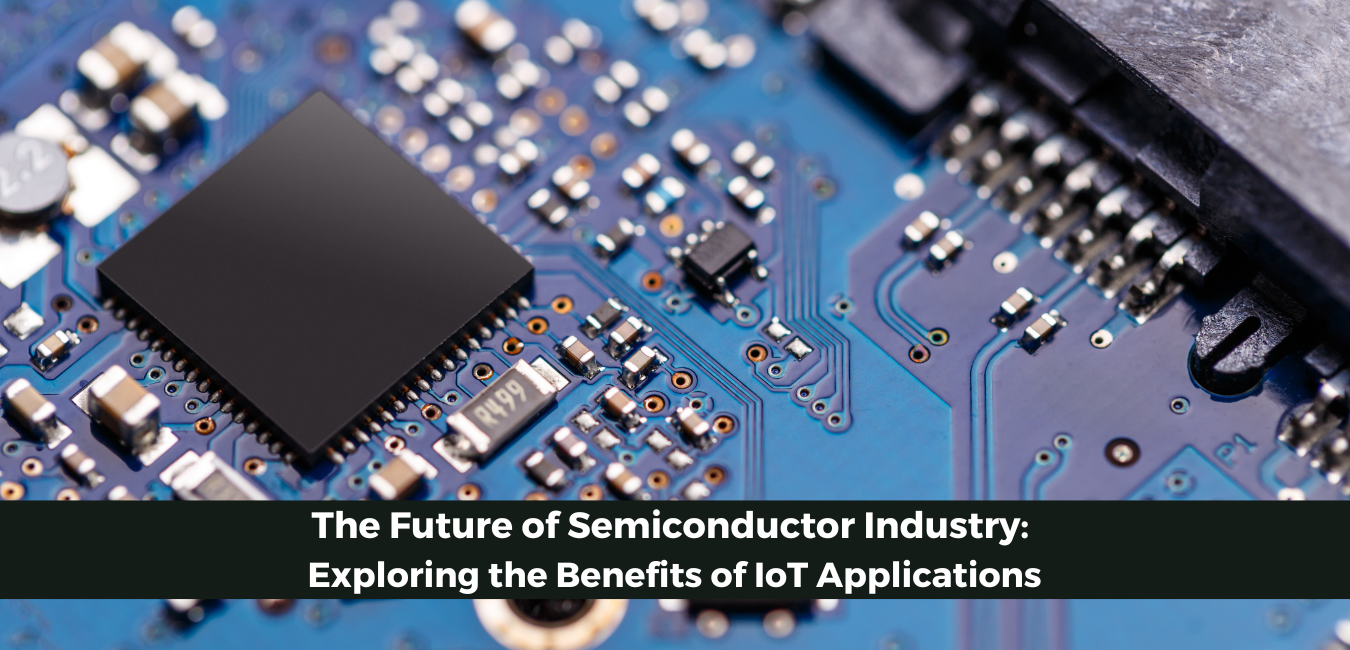5G Launch in India: How will it change its Telecom Sector?

5G is here. Prime Minister Narendra Modi introduced this next-generation network service to the Indian people. Since the launch, companies like Airtel, Jio, and Vodafone Idea are already becoming potential shareholders in the growth of this technology across different parts of the country. In a matter of days, it will become a part of the everyday lives of billions of Indian people.
Clearly, this launch will positively impact the telecom sector. In fact, the Swedish telecom gear maker Ericsson believes that the 5G subscriptions will touch around 500 million by 2027. Their report suggests that 5G will represent approximately 39% of mobile subscriptions in the region at the end of 2027.
Here's what the growth looked like in the last few years of adopting new technologies.
The competition between public and private networks will be next.
Since India will be reserving its telecom spectrum for private 5G networks that will be run by various companies like Google, TCS, or Infosys, you can expect cheaper options coming to the market in the near future. While telecom companies aren't happy about this radical change, this transformation will drive applications and other digital transformation processes at a light speed.
Further, this change will drive India's mobile data usage by 29% and the data revenue by 67% between 2020 to 2026. Clearly, it will impact the current data center ecosystem. But how? Let's find out!
- Since 5G will process a lot of information of data quickly in real-time using different checkpoints like sensors, machines, robots, or drones, the Data Center will be more agile, flexible, and scalable. That way, they can meet diverse 5G service requirements.
- There will be an upgrade in the DC infrastructure to embrace 5G technology capabilities like Edge computing or latency-critical services.
- There will be deployment of the new generation micro data centers. This will be a change in radio access networks to meet the changing demands.
How will it create a reliable network scenario?
The launch of 5G will change network usage. Soon, a unified system will connect all the primary offerings like mission-critical, broadband, or massive IoT services. You can expect 10x ultra-low latency with 50x peak data rates and 1000x capacity. Hence you can expect virtualized data centers and new cutting-edge technologies in places that weren't possible before. Clearly, the quality of service will change.
Nokia suggests that only 13% of Internet Communications Technology revenues will directly result from this connectivity. According to IDC, its market value will be around $2 trillion and is expected to grow by 5% until 2025.
Benefits of 5G in India
- It will expand the internet connectivity: The speed of 5G will have ripple effects. You will get documents and data within seconds. It means that even rural areas will have access to higher speed internet that couldn't get connected before using a wired connection. The better deal is that around 90% of the rural regions will have approximately 10 Mbps LTE download speeds. It will unlock innovation.
- It will provide better coverage: With small cell deployments being made easy thanks to the high-speed internet, one can easily provide easy-to-mount base stations. This will allow the providers to increase the capacity and coverage in densely populated regions. Overloading networks won't be an issue anymore.
- It will act as a catalyst for using networking as a service: Network slicing is a common practice that allows virtual networks to be created from physical infrastructure. This will allow the telecom company to create a user experience without making a physical network per se. This will reduce the need for creating custom networks that are usually allotted for specific tasks. Thus, the network will be delivered in the most efficient way.
How should you build a strategy that will help you stay competitive for the future of work?
You can take help from the right consultants to explore how 5G can influence your business and how you can align your strategy with your digital blueprints. Here’s what you must do.
- Define your growth strategy: You have to investigate markets and deals to evaluate all the possibilities that will help you uncover profitable combinations of bringing 5 and customers together.
- Implement an operating model: Deploying the right operating model is what will help you switch to 5G. This will help you design the front and back-office in a way that you can use 5G innovations and bring in different results.
- Pursue with the right strategies: You must interpret the changing times and uncertainties to pursue the change with greater confidence. This includes spectrum feasibility, trade barriers, and security.
- Bridge the skills gaps: You must identify all the areas that might be holding you back. Create a connected ecosystem that will drive innovation and quality.
Final Words: 5G is the Future of Telecom Industry
Using services like AI, Big Data, sensors, robots, and video cameras gives organizations an edge to expand their reach with minimal churn rates. And 5G is the catalyst that makes these innovations work at their potential. It won't be wrong to say that 5G-driven services can help generate millions of dollars and new businesses. Not only is 5G helping manage infrastructure, but it's also assisting in optimizing and maintaining services that result in better customer experiences.
So, one needs to ensure integration of such tools in their current business offering to leverage their benefits and grow their business by multiple folds. Clearly, 5G is the future of the telecommunications industry. Its ability to meet the requirements of different services makes it an even more appealing option. For instance, a city can easily use this concept to slice the traffic management system to monitor it in real-time while using the high priority slices for emergency services.
Plus, its ability to provide dynamic flexibility makes it quite impressive. The low latency connectivity makes it a desirable option.
What else?
- It will improve mobile broadband. It will help users enable applications like 4K video resolution or AR.
- It will allow users to get reliable and low latency communications.
- IoT applications will see a big hit with massive machine-type communications.
This might sound a bit aspirational. But that’s how new technologies transform the world, and obviously for good. Will you be an early adopter, or will you still confine yourself to traditional ways?








